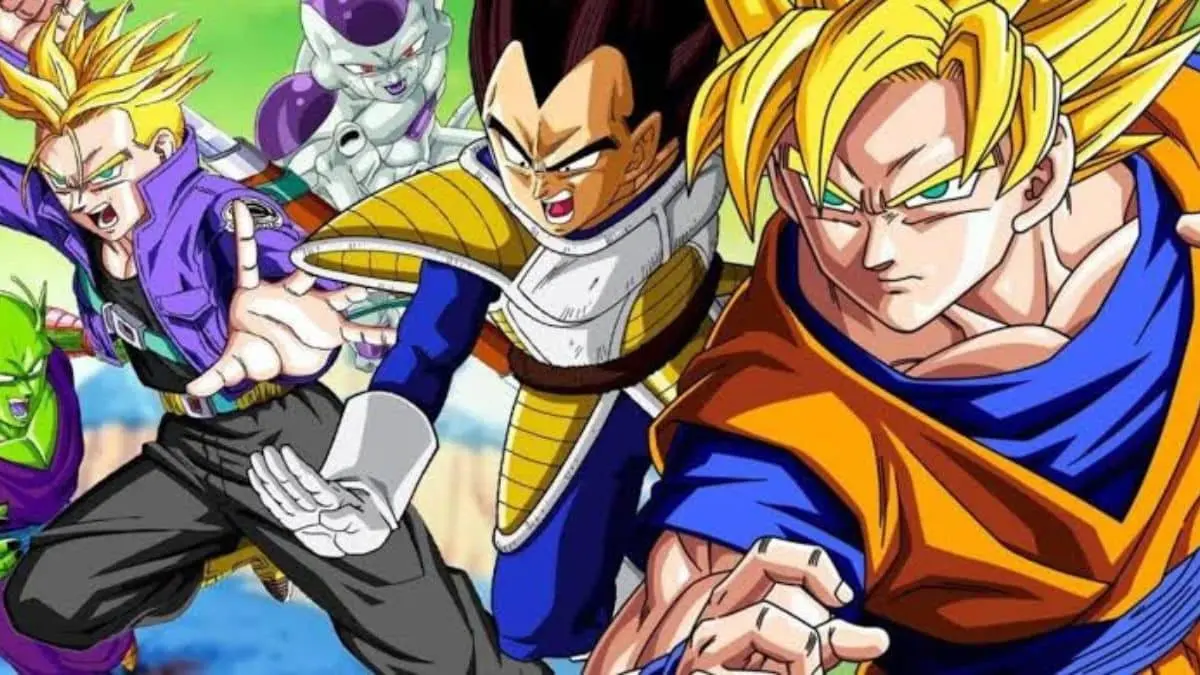Manga, the vibrant and diverse storytelling medium from Japan, has become a cornerstone of global pop culture, captivating audiences worldwide. However, its journey to Western recognition was neither instant nor straightforward. The introduction of manga to the Western world involved pioneering artists, visionary publishers, and a growing cultural exchange between Japan and the West. Let’s dive into the history and discover who was responsible for this cultural phenomenon.
The Early Days of Cultural Exchange
The seeds of manga’s introduction to the Western world were planted long before the term “manga” became common outside Japan. After World War II, Japan and the United States entered a period of cultural exchange. American soldiers stationed in Japan were among the first Westerners exposed to manga. Many of them brought back Japanese comics, introducing them to friends and family back home. However, these comics were niche curiosities rather than mainstream entertainment.
In the 1960s, Japan’s anime, a close sibling to manga, began to gain traction in the West with television shows like Astro Boy (created by Osamu Tezuka). This exposure laid the groundwork for manga’s eventual rise, as many anime fans sought out the original source material.
Osamu Tezuka: The Godfather of Manga’s Global Reach
One cannot discuss manga’s Western introduction without mentioning Osamu Tezuka, often referred to as the “God of Manga.” While Tezuka’s works, like Astro Boy and Black Jack, were initially published for Japanese audiences, their universal themes and compelling art resonated with Western readers. Tezuka’s influence extended beyond his stories; he established the visual style and narrative depth that would come to define manga.
In the 1970s, Tezuka’s manga began appearing in limited Western publications. Although these early translations were sporadic, they were pivotal in exposing Western audiences to manga’s unique storytelling format.

Pioneering Publishers: Bringing Manga to the West
The true introduction of manga to the Western world came through the efforts of pioneering publishers in the 1980s and 1990s. Some key players included:
1. Frederik L. Schodt
Frederik L. Schodt, a translator, writer, and manga enthusiast, played a critical role in introducing manga to English-speaking audiences. His 1983 book, Manga! Manga! The World of Japanese Comics, was one of the first comprehensive guides to manga published in English. The book not only introduced readers to the art form but also included translations of several manga stories, giving Western readers their first taste of authentic Japanese comics.
Schodt was a close collaborator of Osamu Tezuka, further cementing his role as a bridge between Japanese and Western comic cultures.
2. Viz Media
Founded in 1986, Viz Media (then known as Viz Communications) was instrumental in distributing manga to Western audiences. The company localized and published popular titles like Dragon Ball and Ranma ½, introducing a generation of readers to manga’s diverse genres. Viz Media’s decision to publish manga in its original right-to-left format helped preserve its authenticity, making it more appealing to dedicated fans.
3. Dark Horse Comics
Dark Horse Comics also played a significant role in the late 1980s and 1990s by publishing works like Ghost in the Shelland Lone Wolf and Cub. These mature, complex stories showcased manga’s versatility and appealed to Western audiences seeking more sophisticated narratives.
Anime’s Role in Popularizing Manga
The rise of anime in the West during the 1990s and early 2000s was a catalyst for manga’s global success. Shows like Sailor Moon, Dragon Ball Z, and Naruto gained massive followings, leading fans to explore their manga counterparts. Retailers began stocking manga alongside anime DVDs, making it more accessible to Western audiences.
The popularity of anime conventions also created spaces where fans could celebrate and purchase manga. Events like Anime Expo in the United States became hubs for cultural exchange, further solidifying manga’s place in Western pop culture.
Fan Communities and the Internet
While publishers and cultural icons were crucial, fan communities played an equally significant role. In the late 1990s and early 2000s, fan-made translations (scanlations) of manga began circulating online. While unofficial, these efforts introduced countless readers to manga titles that had not yet been licensed in the West.
The internet also allowed fans to connect and share their love of manga, creating a grassroots movement that propelled its popularity. Platforms like fan forums, early social media, and later sites like MyAnimeList and Reddit became spaces for discovering and discussing manga.

Mainstream Acceptance in the 21st Century
By the 2000s, manga had become a staple of Western pop culture. Publishers like Tokyopop, Kodansha USA, and Yen Press expanded the availability of manga, while major bookstores dedicated entire sections to the medium. Titles like Naruto, One Piece, and Attack on Titan became household names, solidifying manga’s place in the global entertainment industry.
Manga’s influence even extended to Western creators. Artists and writers in the comic book industry began incorporating manga-inspired elements into their work, further blurring the lines between East and West.
Also Read: How Manga is Different from Comics: Key Differences Explained



